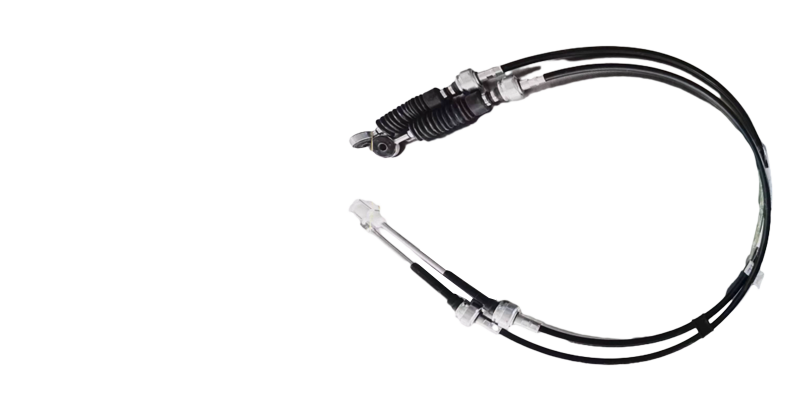Understanding Throttle Rod Linkage Mechanisms and Their Importance in Engine Performance
Understanding Throttle Rod Linkage Mechanisms and Applications
Throttle rod linkage plays a crucial role in the operation of internal combustion engines, particularly in vehicles and machinery that rely on mechanical control systems. As engines evolved from simple designs to complex systems, the throttle control mechanisms also advanced, with the throttle rod linkage standing out as a significant component. This article delves into the function, design, and applications of throttle rod linkage, shedding light on its importance in modern engineering.
What is Throttle Rod Linkage?
Throttle rod linkage refers to the system of rods, levers, and connecting components that facilitate the operation of an engine’s throttle. Its primary function is to regulate the air and fuel mixture entering the engine, which directly influences performance metrics such as speed, acceleration, and fuel efficiency. The linkage connects the accelerator pedal inside the vehicle cabin to the throttle valve located on the engine, enabling drivers to control the engine's power output effectively.
How Throttle Rod Linkage Works
When a driver presses the accelerator pedal, the throttle rod linkage translates this action into a mechanical movement that opens or closes the throttle valve. The design of this linkage can vary significantly based on the vehicle type, engine design, and control preferences. The traditional setup involves a series of mechanical linkages, where a push or pull action on the rod rotates the throttle valve.
In more advanced systems, electronic throttle control (ETC) has emerged, replacing the mechanical linkage with electric sensors and actuators
. Although this transition offers precision and responsiveness, understanding the fundamental mechanics of throttle rod linkage is essential, especially in older models or simpler machinery where mechanical control remains prevalent.Components of Throttle Rod Linkage
throttle rod linkage

The essential components of a throttle rod linkage system typically include
1. Throttle Rod The primary rod that transmits motion from the accelerator pedal to the throttle valve. 2. Lever Arm Attached to the throttle valve, this lever converts the linear motion of the throttle rod into rotational motion. 3. Adjustable Joints These allow for fine-tuning of the linkage system, ensuring precise control over the throttle movement. 4. Return Spring A crucial component that ensures the throttle valve returns to a closed position when the accelerator pedal is released, preventing unintended acceleration. 5. Mounting Brackets These components secure the linkage system to the vehicle, providing stability and ensuring correct alignment.
Significance of Proper Calibration
Proper calibration of the throttle rod linkage is vital for optimal engine performance. If the linkage is misaligned or improperly adjusted, it can lead to issues such as delayed throttle response, poor fuel efficiency, or even engine stalling. Regular maintenance and adjustments are essential to ensure that the throttle rod linkage operates smoothly and responds accurately to driver inputs.
Applications Beyond Automobiles
Throttle rod linkage is not limited to automotive applications. It can also be found in various machinery, including agricultural equipment, industrial machines, and even some aircraft systems. In these contexts, the principles of throttle control remain the same—regulating the flow of power and ensuring efficient operation.
Conclusion
In summary, throttle rod linkage is a foundational component in the mechanics of internal combustion engines, bridging the gap between the driver’s intent and the engine's response. Understanding its function, components, and importance is essential for anyone involved in automotive maintenance or engineering. As technology progresses, the mechanics of throttle control may evolve, but the principles of effective power regulation will remain central to engine design and operation. Whether in a vintage car or a modern vehicle, the throttle rod linkage serves as a testament to the intricate relationship between human input and mechanical response.
-
Workings of Clutch Pipe and Hose SystemsNewsJun.04,2025
-
The Inner Workings of Hand Brake Cable SystemsNewsJun.04,2025
-
The Secrets of Throttle and Accelerator CablesNewsJun.04,2025
-
The Hidden Lifeline of Your Transmission Gear Shift CablesNewsJun.04,2025
-
Demystifying Gear Cables and Shift LinkagesNewsJun.04,2025
-
Decoding Clutch Line Systems A Comprehensive GuideNewsJun.04,2025
